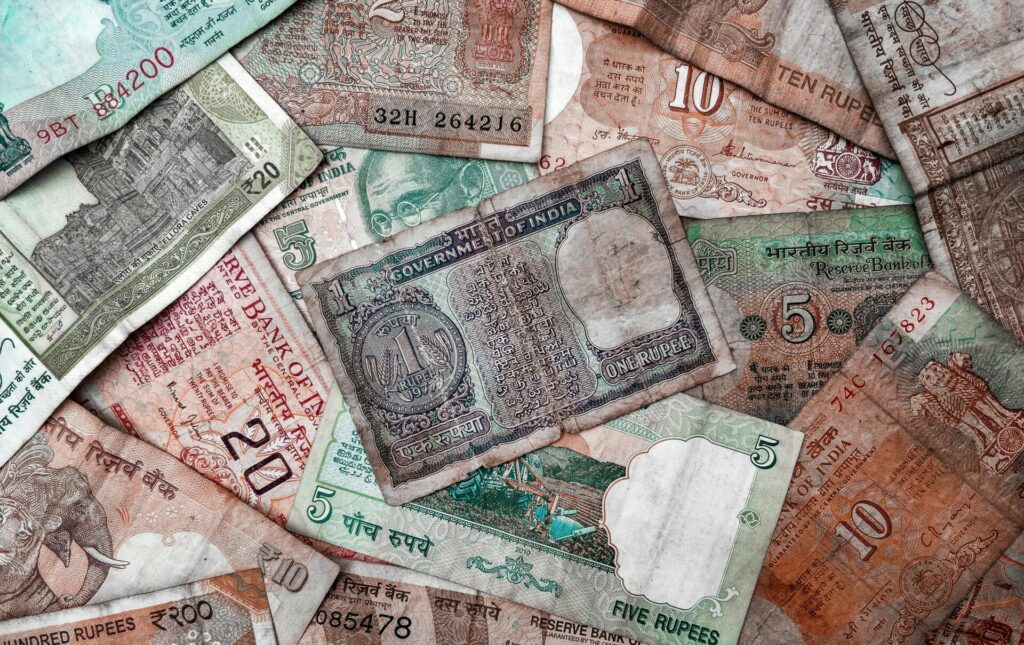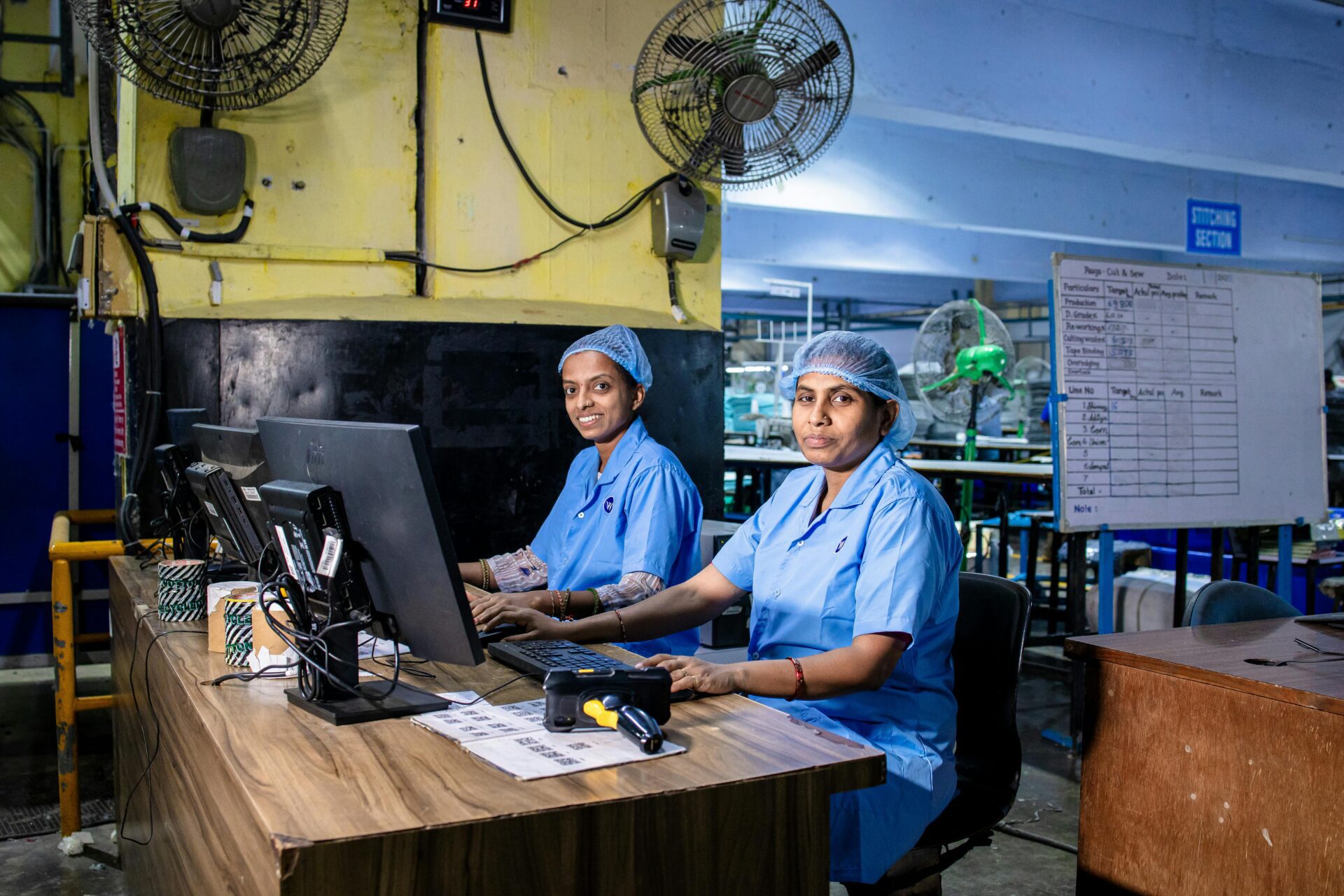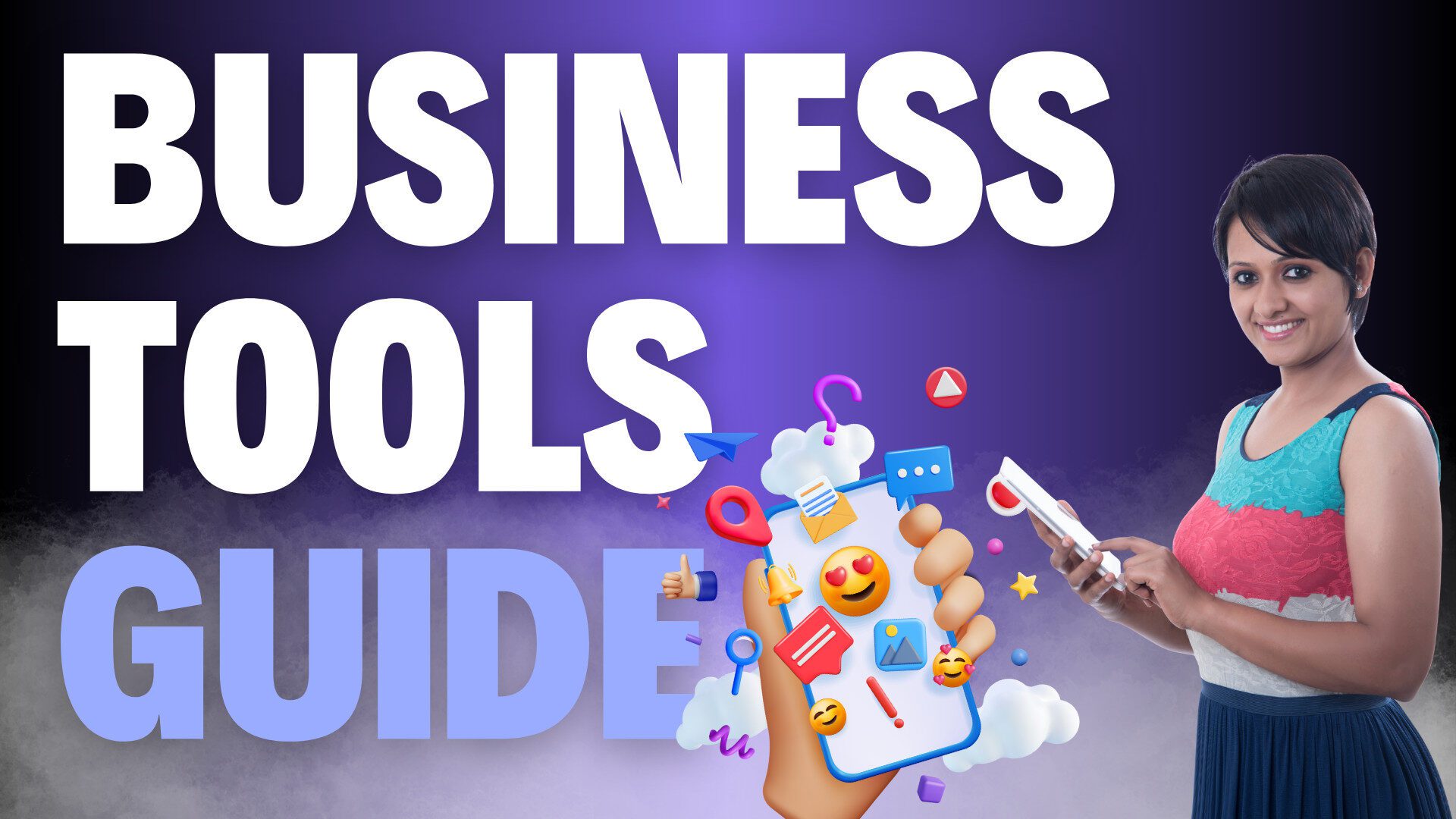MSME Subsidy Schemes in India – Complete Guide 2025
Small businesses are the heartbeat of India’s economy. They create jobs, spark new ideas, and drive progress in cities and villages alike. Yet, many face tough challenges—high costs, limited funds, and outdated tools. MSME subsidy schemes in India step in to help. These government programs offer grants, loans, and support to ease financial burdens. Government grants for MSMEs make it possible to start, grow, or modernize a business without breaking the bank. This guide dives deep into three key schemes: PMEGP, CLCSS, and CGTMSE. You’ll learn what they offer, who qualifies, and how to apply. India small business subsidies are within reach, and this article shows you the way. Ready to grow your business? Let’s get started.
MSME Subsidy Schemes
What Are MSME Subsidy Schemes in India?
Micro, Small, and Medium Enterprises employ over 11 crore people. They contribute nearly 30% to India’s GDP, making them a cornerstone of growth. But running a small business isn’t easy. Equipment is expensive. Loans are hard to get. Markets are tough to crack. MSME subsidy schemes tackle these problems head-on. They provide financial aid, technology upgrades, and loan guarantees to help businesses thrive. Udyam registration benefits simplify access, linking entrepreneurs to government support quickly.
Why do these schemes matter? They cut costs and reduce risks. A small factory can buy modern machines. A new shop can hire staff. India small business subsidies empower entrepreneurs to compete in bigger markets. The government’s goal is to strengthen MSMEs, creating jobs and boosting local economies. Whether you’re in a bustling city or a quiet village, these programs offer a path to success. MSME financial support is about building a stronger future for your business and your community.
What Is the PMEGP Subsidy?
The Prime Minister’s Employment Generation Programme, known as PMEGP, is a flagship scheme for new entrepreneurs. It offers subsidies of 15–35% on project costs to start businesses in manufacturing, services, or trade. Run by the Khadi and Village Industries Commission (KVIC), PMEGP focuses on creating jobs and supporting fresh ideas. MSME subsidy schemes like PMEGP are perfect for those with big plans but limited funds. Whether you’re opening a bakery, a workshop, or a small store, this scheme can help you get off the ground.
The subsidy varies by location and category. Rural businesses get 25–35% of project costs covered. Urban businesses receive 15–25%. Special groups, like women, Scheduled Castes, or ex-servicemen, often qualify for higher rates. PMEGP also ties to bank loans, making it easier to fund your business. With Udyam registration benefits 2025, applying is faster and smoother. Since its launch, PMEGP has supported lakhs of businesses, creating millions of jobs across India.
Who Can Apply for PMEGP?
PMEGP is open to a wide range of applicants. You don’t need a big budget or advanced education. The rules are designed to include as many entrepreneurs as possible. Whether you’re a young graduate or a seasoned artisan, this scheme can work for you.
Action Steps to Qualify
- Be at least 18 years old to apply.
- Have an 8th-grade education for projects over Rs. 10 lakh in manufacturing or Rs. 5 lakh in services.
- Start a new business, not an existing one.
- Register with Udyam to verify your MSME status.
- Prepare a business plan showing costs and job creation.
No income limit applies, so anyone can try. Rural applicants get priority with higher subsidies. Special categories, like women or minorities, may receive extra benefits. Udyam registration benefits ensure your application moves quickly through the system. Check your eligibility on the official PMEGP portal: https://www.kviconline.gov.in/pmegpeportal/.
How Do You Apply for PMEGP?
How Do You Apply for PMEGP?
Applying for PMEGP requires planning but isn’t complex. You need a clear business idea and some basic documents. The process starts online or at a KVIC office. MSME subsidy schemes like PMEGP rely on banks to disburse funds, so you’ll work with one during the process. Here’s how to make it happen.
Action Steps to Apply:
- Visit the PMEGP portal at https://www.kviconline.gov.in/pmegpeportal/.
- Fill out the online application with your business details.
- Upload documents: Aadhaar, PAN, Udyam certificate, and bank details.
- Submit a business plan showing costs, sales, and jobs created.
- Choose a bank to review your application.
- Attend a bank interview if required.
- Track approval, which takes 1–2 months.
Your business plan is key. It should outline your project’s goals, costs, and expected outcomes. Banks check if your plan is viable. If approved, you get a loan, and the subsidy is credited later. Rural projects can get up to Rs. 25 lakh for manufacturing or Rs. 10 lakh for services. Urban limits are slightly lower. Mistakes in documents can delay approval, so double-check everything. For full details, visit https://www.kviconline.gov.in/pmegpeportal/.
What Are the Benefits of PMEGP?
PMEGP isn’t just about money. It creates opportunities. Subsidies reduce your loan burden, so you repay less over time. The scheme also encourages job creation, which helps your community. Rural businesses benefit most, with higher subsidies to boost local economies. Government grants for MSMEs like PMEGP have launched thousands of ventures, from handicrafts to food processing. With Udyam registration benefits, you’re connected to a network of support, including training and market guidance. This scheme sets you up for long-term success. Government subsidies for MSMEs like PMEGP have launched thousands of ventures.
How Can MSMEs Upgrade Technology with CLCSS?
The Credit Linked Capital Subsidy Scheme, or CLCSS, helps businesses stay competitive. It offers a 15% subsidy on investments up to Rs. 1 crore for new equipment or technology. This scheme is a game-saver for MSMEs looking to modernize. India small business subsidies like CLCSS cut the cost of upgrading machines, improving output, and saving energy. A small factory can buy automated tools. A service business can adopt digital systems. The result is higher profits and better quality.

CLCSS focuses on practical upgrades. Eligible equipment includes energy-efficient machines, quality testing tools, and automation systems. The subsidy applies to loans taken for these purchases, reducing your financial load. MSME financial support through CLCSS has helped thousands of businesses stay ahead in tough markets. The scheme is managed by the Ministry of MSME, with banks handling applications.
Who Is Eligible for CLCSS?
CLCSS is open to most registered MSMEs. Whether you’re in manufacturing or services, you can apply. The key is investing in approved technology that boosts efficiency. Udyam registration benefits make it easier to qualify and process your application.

Action Steps to Qualify:
- Register your business as an MSME with Udyam.
- Operate in manufacturing or services, not retail.
- Plan to buy eligible equipment or technology.
- Ensure your investment stays under Rs. 1 crore.
- Prepare a project report with equipment details.
Sole proprietorships, partnerships, and companies can apply. The scheme covers over 50 types of technologies, from textile machines to packaging tools. Check the full list on the official website: https://www.dcmsme.gov.in/schemes/clcss.htm. If your business relies on outdated tools, CLCSS can be a turning point.
Steps to Apply for CLCSS
Applying for CLCSS involves working with a bank. You’ll need a clear plan for your equipment purchase. The process is straightforward if your documents are ready. MSME subsidy schemes like CLCSS ensure funds reach you quickly after approval.
Action Steps to Apply:
- Contact a bank partnered with the Ministry of MSME.
- Submit your Udyam certificate and business details.
- Provide a project report outlining equipment costs and benefits.
- Include supplier quotes for the equipment.
- Wait for bank approval, which takes 2–4 weeks.
- Receive the subsidy through your loan account.
Banks verify your investment before releasing the subsidy. Make sure your equipment is on the approved list to avoid delays. The subsidy lowers your loan repayments, freeing up cash for other needs. For more details, visit https://www.dcmsme.gov.in/

What Are the Benefits of CLCSS?
CLCSS transforms businesses by making technology affordable. The 15% subsidy reduces loan costs, so you invest less upfront. Modern equipment boosts output, cuts energy bills, and improves product quality. Small business subsidies in India like CLCSS help MSMEs compete with bigger players. A small printer can buy advanced machines. A food processor can adopt safer packaging. The scheme also supports green technology, aligning with India’s sustainability goals. With CLCSS, your business grows smarter and stronger.
What Is CGTMSE and How Does It Help in MSME Loan Subsidy Schemes?
The Credit Guarantee Trust for Micro and Small Enterprises, or CGTMSE, solves a major problem for MSMEs: getting loans without collateral. It guarantees loans up to Rs. 2 crore, so banks lend without asking for property or assets. This scheme builds trust between businesses and lenders. Government grants for MSMEs like CGTMSE reduce financial stress, letting you focus on growth. Whether you need funds for equipment, staff, or expansion, CGTMSE has your back.
The scheme covers both new and existing businesses. It’s a safety net, ensuring banks take a chance on small enterprises. MSME financial support schemes like CGTMSE have backed loans worth crores, helping businesses scale without fear. The process is simple, and Udyam registration benefits speed things up.
Who Qualifies for CGTMSE?
CGTMSE is open to micro and small enterprises, not medium ones. Manufacturing and service businesses qualify, but retail trade does not. The scheme is flexible, supporting startups and established firms alike.

Action Steps to Qualify:
- Register your business with Udyam as an MSME.
- Operate in manufacturing or services, not retail.
- Apply for a loan up to Rs. 2 crore.
- Meet the bank’s basic credit requirements.
- Provide business details and financial records.
Banks assess your loan application based on your business plan. CGTMSE’s guarantee reduces their risk, making approval more likely. Check eligibility details at https://www.cgtmse.in.
How to Apply for CGTMSE
Applying for CGTMSE is done through banks. You don’t deal with CGTMSE directly. Choose a partnered bank and prepare your documents. MSME subsidy schemes like this one make borrowing easier for small businesses.
Action Steps to Apply:
- Visit a bank partnered with CGTMSE.
- Submit your Udyam certificate and business plan.
- Request a loan up to Rs. 2 crore for business needs.
- Provide financial records and project details.
- Complete the bank’s credit checks.
- Receive loan approval with CGTMSE guarantee.
The process takes 2–4 weeks, depending on the bank. Clear documents and a solid plan speed things up. Once approved, you get funds without pledging assets. For more information, visit https://www.cgtmse.in.
What Are the Benefits of CGTMSE?
CGTMSE opens doors to funding that might otherwise be closed. No collateral means less stress for small businesses. You can borrow up to Rs. 2 crore for equipment, expansion, or working capital. The guarantee encourages banks to lend, even to startups with limited credit history. India small business subsidies like CGTMSE have supported thousands of ventures, from tech firms to small factories. With Udyam registration benefits, you’re ready to apply in minutes. This scheme gives you the freedom to grow without risking your assets.
Start Your Subsidy Journey with MSME Subsidy Schemes in India
MSME subsidy schemes like PMEGP, CLCSS, and CGTMSE are powerful tools for growth. They cut costs, reduce risks, and provide access to funds. PMEGP helps start new ventures. CLCSS upgrades technology. CGTMSE secures loans without collateral. Together, they empower small businesses to compete and succeed. India small business subsidies are a lifeline for entrepreneurs with tight budgets.

Reference: Official Govt Website
Scaling Your Business with MSME Subsidies
Growing Your Business with Confidence
Micro, Small, and Medium Enterprises (MSMEs) drive India’s economy, contributing nearly 30% to the GDP and employing over 110 million people. These businesses, ranging from small shops to tech startups, face challenges like limited funds, outdated tools, and market access barriers. The Indian government offers a range of subsidies and schemes to address these hurdles, empowering entrepreneurs to scale efficiently. Programs like MUDRA Yojana, MSE-CDP, and state-specific subsidies provide financial aid, infrastructure support, and skill-building opportunities. Udyam Registration simplifies access to these benefits, ensuring businesses can tap into resources with ease. This guide explains these schemes in detail, offering clear steps to apply and maximize their impact. By leveraging these tools, MSMEs can achieve sustainable growth and compete globally.
What Is the MUDRA Yojana for Micro Enterprises?
Understanding MUDRA’s Purpose
The Micro Units Development and Refinance Agency (MUDRA) Yojana, launched in 2015, supports micro-enterprises by providing affordable loans. It targets small businesses, such as street vendors, artisans, and startups, which often struggle to secure funding from traditional banks. MUDRA operates under the Pradhan Mantri Mudra Yojana (PMMY), aiming to boost entrepreneurship and job creation. The scheme refinances loans through banks, Non-Banking Financial Companies (NBFCs), and microfinance institutions, ensuring funds reach those who need them most. By offering collateral-free loans, MUDRA reduces financial barriers, enabling businesses to expand operations, purchase equipment, or hire staff. This program is a cornerstone of India’s MSME support system, driving economic growth at the grassroots level.
Micro Units Development and Refinance Agency (MUDRA) Explained
MUDRA doesn’t lend directly to businesses but partners with banks and financial institutions to provide funds. It offers three loan categories: Shishu (up to ₹50,000), Kishore (₹50,001 to ₹5 lakh), and Tarun (₹5,00,001 to ₹10 lakh). These loans cater to businesses at different growth stages, from startups to established units. MUDRA also promotes financial inclusion by prioritizing underserved groups, including women and rural entrepreneurs. The scheme’s flexibility allows borrowers to use funds for working capital, asset purchases, or business expansion. With over ₹23 lakh crore disbursed to millions of beneficiaries by 2025, MUDRA has transformed India’s micro-enterprise landscape.
For more details, visit the official PMMY website: https://www.mudra.org.in/.
Who Can Access MUDRA Loans?
Eligibility Criteria for MUDRA
MUDRA loans are open to individuals, proprietorships, partnerships, and small companies engaged in non-farm activities. Eligible businesses include manufacturing, trading, services, and agriculture-related ventures like poultry or beekeeping. Applicants must be Indian citizens and provide proof of identity, address, and business existence. There’s no minimum turnover requirement, making it accessible for new entrepreneurs. Banks may assess creditworthiness, but collateral isn’t mandatory, reducing entry barriers. Women, SC/ST, and minority entrepreneurs receive special focus under the scheme. Businesses already receiving government subsidies under other schemes may face restrictions to prevent overlap. Always check with lending institutions for specific eligibility terms.
Loan Categories (Shishu, Kishore, Tarun)
- Shishu: For startups or micro-units needing up to ₹50,000. Ideal for small vendors or home-based businesses buying basic equipment.
- Kishore: For businesses requiring ₹50,001 to ₹5 lakh. Suits growing enterprises needing funds for inventory or machinery upgrades.
- Tarun: For established units needing ₹5,00,001 to ₹10 lakh. Supports expansion, such as opening new branches or scaling production.
Each category aligns with the business’s growth stage, ensuring tailored financial support. Interest rates vary by lender but typically range from 8% to 12%, with repayment terms up to 7 years.
How to Apply for MUDRA Loans?
Application Process Overview
Applying for a MUDRA loan is straightforward but requires careful preparation. Start by identifying a participating bank, NBFC, or microfinance institution listed on the MUDRA website. Prepare a business plan outlining your funding needs and repayment strategy. Submit the application with required documents to the chosen lender. The bank evaluates the proposal, checks credit history, and disburses funds upon approval. The process typically takes 15-30 days, depending on the lender’s efficiency. Online portals like https://www.udyamimitra.in/ streamline applications, offering a single platform to connect with lenders. Always verify lender credibility to avoid scams.
Required Documents
- Identity proof (Aadhaar, PAN, Voter ID)
- Address proof (utility bill, rent agreement)
- Business registration documents (Udyam Registration, GST certificate)
- Business plan detailing fund usage
- Bank statements (last 6-12 months)
- Income tax returns (if applicable)
Where to Apply
- Public Sector Banks: State Bank of India, Punjab National Bank
- Private Banks: ICICI, HDFC
- NBFCs and Microfinance Institutions: Listed on MUDRA’s portal
- Online Platforms: Udyami Mitra or bank-specific portals
Visit https://www.mudra.org.in/ for a complete list of lenders and application guidelines.
What Are MUDRA’s Benefits?
Startup subsidy schemes in India like MUDRA loans empower small businesses by providing accessible, collateral-free funding. They enable entrepreneurs to start or expand ventures without risking personal assets. Flexible repayment terms reduce financial strain, while competitive interest rates keep borrowing costs low. The scheme supports diverse sectors, from retail to manufacturing, fostering job creation and economic growth. Women entrepreneurs benefit from special concessions, such as lower interest rates. MUDRA also integrates with Udyam Registration, simplifying access to other government schemes. By 2025, over 40 crore beneficiaries have used MUDRA to scale their businesses, proving its impact.
Funding for Startups
Startups under the Shishu category can access up to ₹50,000 to cover initial costs like raw materials or marketing. This support helps new entrepreneurs test ideas without heavy debt. For example, a food stall owner can buy equipment to increase output, boosting revenue.

Support for Small Businesses
Kishore and Tarun loans help established businesses scale. Funds can be used for machinery upgrades, hiring staff, or expanding to new markets. A small garment unit, for instance, could use a Tarun loan to open a second shop, doubling its customer base.
How Does MSE-CDP Support Business Clusters?
The Cluster Development Approach
The Micro and Small Enterprises Cluster Development Programme (MSE-CDP) strengthens MSMEs by grouping similar businesses into clusters. A cluster is a group of enterprises in a specific area or value chain producing similar or complementary products. MSE-CDP addresses common challenges like outdated technology, limited market access, and poor infrastructure. It provides financial aid for shared facilities, skill training, and infrastructure upgrades. By 2025, MSE-CDP has supported 510 cluster projects, with ₹1074.27 crore spent since 2014. The program boosts competitiveness, reduces costs, and promotes sustainable practices, making it a vital tool for MSME growth. Learn more at MSME growth.
Micro and Small Enterprises Cluster Development Programme (MSE-CDP)
MSE-CDP funds two main initiatives: Common Facility Centres (CFCs) and Infrastructure Development (ID) projects. CFCs provide shared resources like testing labs, training centers, or raw material depots. ID projects upgrade industrial estates with better roads, power, or water supply. The government covers 60-80% of project costs, with higher grants for Northeast, hill states, and aspirational districts. Projects range from ₹5 crore to ₹30 crore, ensuring scalability. Clusters in Tamil Nadu (89 projects) and Maharashtra (33 projects) lead in approvals, showing regional impact.
Who Qualifies for MSE-CDP?
Eligibility for Cluster Initiatives
MSE-CDP is open to clusters of micro and small enterprises registered under Udyam Registration. A cluster must have at least 10 units producing similar or complementary products. Special Purpose Vehicles (SPVs), registered as Section 8 companies under the Companies Act, 2013, manage cluster projects. State governments, industry associations, or NGOs can also apply as implementing agencies. Businesses must show common challenges, like outdated tools or market access issues, to qualify. Clusters in underserved regions, such as Northeast states, receive priority. Check eligibility details at MSE-CDP.
Requirements for Cluster Proposals
- Detailed project report outlining cluster needs
- SPV registration documents
- Commitment from at least 10 cluster units
- Proof of land ownership or lease for infrastructure projects
- Financial contribution from cluster members (20-40% of project cost)
- Approval from state government or MSME-Development Institutes
Steps to Apply for MSE-CDP
Navigating the MSE-CDP Application
Applying for MSE-CDP involves submitting a detailed proposal to the Development Commissioner (MSME) through state governments or MSME-Development Institutes. Start by forming an SPV and preparing a project report detailing the cluster’s needs and goals. Submit the proposal online via MSME-CDP and send hard copies to the state government or MSME-DI. The Steering Committee reviews proposals, assessing feasibility and impact. Approved projects receive funds in stages, with monitoring to ensure progress. The process can take 3-6 months, so early preparation is key.
Key Application Stages
- Step 1: Form an SPV with cluster members.
- Step 2: Draft a project report with technical and financial details.
- Step 3: Submit online and hard copy applications.
- Step 4: Steering Committee review and approval.
- Step 5: Fund disbursement and project implementation.
What Are the Benefits of MSE-CDP?
Advantages of Cluster Support
MSE-CDP enhances business competitiveness by providing shared resources and better infrastructure. Clusters reduce costs through economies of scale, such as bulk raw material purchases. Shared facilities like testing labs improve product quality, boosting market credibility. Infrastructure upgrades, like better roads or power, attract more customers and investors. The program also supports green manufacturing, helping clusters adopt sustainable practices. By 2022, 201 CFCs and 309 ID projects were approved, transforming local economies. Clusters in Karnataka and Tamil Nadu have reported 20-30% productivity gains, proving MSE-CDP’s value.
Enhanced Competitiveness
CFCs provide access to advanced tools, like CNC machines or quality testing labs, which individual MSMEs can’t afford. This improves product quality and market reach, enabling businesses to compete with larger firms.
Infrastructure Development
ID projects upgrade industrial estates with reliable power, water, and roads. For example, a cluster in Gujarat used MSE-CDP funds to build a shared warehouse, cutting logistics costs by 15%.
What Are MSME State Subsidy Programs in India?
Regional Support for Businesses
State governments in India offer tailored subsidies to complement national schemes like MUDRA and MSE-CDP. These programs address local needs, such as industry-specific challenges or regional economic gaps. States like Maharashtra, Gujarat, and Tamil Nadu lead in MSME support, offering subsidies for equipment, power, or exports. For instance, Maharashtra provides capital subsidies up to ₹25 lakh for new units. These subsidies vary by state, with some offering tax rebates or land at concessional rates. Entrepreneurs must check state MSME portals for specific programs. Udyam Registration is often required to access these benefits.
Understanding State-Level Programs
State subsidies focus on local industries, such as textiles in Tamil Nadu or chemicals in Gujarat. They provide financial aid for machinery, skill training, or market promotion. Some states offer interest subsidies on MSME loans, reducing borrowing costs. Others provide incentives for women entrepreneurs or green technology adoption. These programs align with state economic goals, ensuring targeted support for MSMEs.
How to Find State-Level Subsidies?
Locating Local Support
Finding state subsidies requires researching official state MSME portals and industry associations. Websites like https://www.msme.gov.in/ list state-specific schemes. Local MSME-Development Institutes and District Industries Centres (DICs) provide guidance. Industry bodies, like FICCI or CII, publish subsidy updates. Subscribing to state government newsletters or visiting https://my.msme.gov.in/ keeps entrepreneurs informed. Networking with local business owners also reveals lesser-known programs. Always verify scheme details with official sources to avoid misinformation.
Resources for State Subsidies
- State MSME websites (e.g., https://msme.maharashtra.gov.in/)
- District Industries Centres (DICs)
- MSME-Development Institutes
- Industry associations like FICCI or CII
- Online portals like https://my.msme.gov.in/
Key State Subsidy Programs
Prominent State Initiatives
States like Maharashtra, Gujarat, and Tamil Nadu offer robust MSME subsidies. Maharashtra’s Package Scheme of Incentives provides up to ₹50 lakh for new units in backward areas. Gujarat’s Industrial Policy offers 25% capital subsidies for micro-enterprises. Tamil Nadu provides 15-25% subsidies on machinery for textile and food processing units. These programs require Udyam Registration and detailed project reports. Check state portals for application deadlines and eligibility: https://msme.maharashtra.gov.in/, https://ic.gujarat.gov.in/, https://msme.tn.gov.in/.
Examples of State Support
- Maharashtra: ₹25 lakh capital subsidy for new units in Vidarbha.
- Gujarat: 5% interest subsidy on MSME loans for women entrepreneurs.
- Tamil Nadu: 20% subsidy for solar power adoption in MSMEs.
Benefits of State Subsidies
Advantages of Regional Programs
State subsidies provide tailored support, addressing local challenges like high power costs or skill shortages. They reduce financial burdens through capital grants, tax rebates, or low-interest loans. For example, Gujarat’s interest subsidies cut borrowing costs by 5-7%, boosting profitability. These programs also promote regional industries, helping MSMEs tap into local markets. Women entrepreneurs often receive higher subsidies, encouraging diversity. By aligning with state goals, these subsidies ensure sustainable business growth and job creation.
Tailored Business Assistance
State subsidies focus on local needs, such as Gujarat’s support for chemical industries or Tamil Nadu’s textile sector. This targeted aid helps MSMEs adopt modern tools, improve quality, and expand markets, ensuring long-term success.
What Challenges Do MSMEs Face with Subsidies?
Navigating the Subsidy Maze
MSMEs often struggle to access subsidies due to complex processes and lack of awareness. Only 18% of applicants receive subsidies annually, as per SMFG India Credit. Bureaucratic delays, unclear guidelines, and stringent eligibility criteria create hurdles. Many entrepreneurs lack the expertise to prepare detailed project reports or navigate online portals. Small businesses in rural areas face additional challenges due to limited internet access or guidance. Despite these issues, proper planning and expert support can streamline the process.
Common Obstacles
- Complex application forms requiring technical details
- Delays in approval or fund disbursement
- Limited awareness of available schemes
- Stringent eligibility criteria excluding new businesses
- Lack of coordination between state and central agencies
Paperwork Issues
- Missing documents, like GST certificates or Udyam Registration
- Incorrectly filled application forms
- Lack of detailed business plans
- Failure to meet financial contribution requirements
Awareness Gaps
- Limited knowledge of schemes like MUDRA or MSE-CDP
- Lack of updates on state-specific programs
- Inadequate outreach in rural areas
- Misinformation from unofficial sources
Solutions for Smooth Applications
Streamlining the Process
To overcome subsidy hurdles, MSMEs should seek expert guidance from MSME-Development Institutes or DICs. Preparing complete documentation, including business plans and financials, is critical. Regularly checking (search for DIC) for updates ensures awareness of new schemes. Networking with industry associations provides insights into successful applications. Using online portals like Udyami Mitra simplifies submission. Thorough preparation and professional support can reduce rejections and speed up approvals.
Seeking Expert Guidance
- Consult MSME-Development Institutes for application support
- Hire chartered accountants for accurate financials
- Attend workshops by industry bodies like FICCI
Thorough Preparation
- Draft clear, detailed project reports
- Verify eligibility before applying
- Keep digital copies of all documents
- Follow up with authorities post-submission
MSME subsidy schemes in India like PMEGP, CLCSS, and CGTMSE are powerful tools for small business growth.
- 14 Sector Specific Registration Help: A Comprehensive Guide to MSME Registration Success
- About EF
- After MSME Registration – What Now?
- All AI Agents and Automation Templates
- Business Tools Guide
- CGTMSE — CGTMSE Guarantee Ceiling & Key Updates
- Complete Guide to Startup Government Funding Schemes: MSME Support & Benefits
- Contact EF
- Custom AI AGENTS
- EF Privacy Policy
- FREE GUIDES
- Legal Guide for MSME and Startups in India 2025
- MSME AI Productivity Tools: Transform Indian Business Operations
- MSME Digital Tools Guide: Simplify Your Business Growth
- MSME Registration
- MSME Registration for Trading Business: Complete Guide
- MSME tax deduction benefits
- MSME Trademark Registration Process: Your Legal Power
- Our Services
- Practical Guide: Small Business Finance Schemes in India
- Proven 9 Government Schemes MSMEs Often Overlook (Boost Funding & Avoid Costly Mistakes)
- What Cannot Be Patented in India – Complete Guide with Examples

Free business tools for MSME
Explore the best free business tools for MSME—CRM, invoicing software, GST billing, inventory apps, logo makers, domain search and website builders. Reduce startup costs and boost efficiency with tools tailored for small businesses in India.

The Ethical Founder’s Software Guide
Let us do the heavy lifting. Our detailed guides and verified website links help you navigate the vast digital landscape for your MSME. We provide unbiased reviews and step-by-step guidance on the best productivity tools available. Make informed, ethical decisions to automate your workflow without the overwhelm.

AI Tools For MSME/Startup’s
Choosing the right software is crucial—it impacts your data, ethics, and budget. We don’t sell tools; we provide the ultimate curated guidance. Our detailed articles and verified website links help you navigate the digital landscape, from free AI productivity apps to essential MSME platforms










